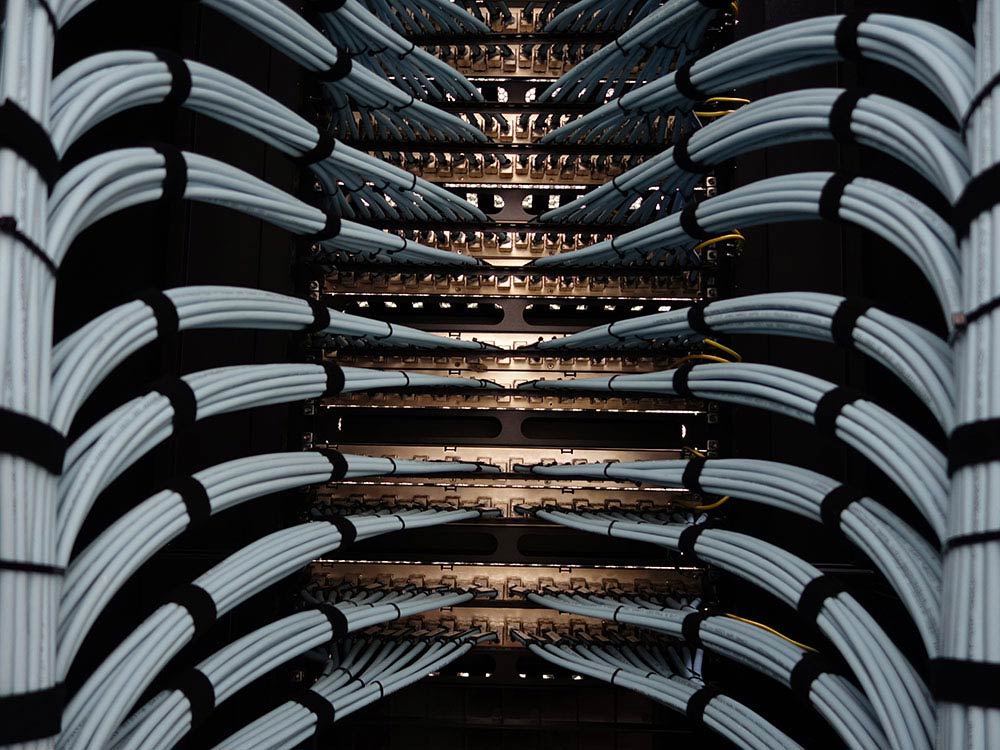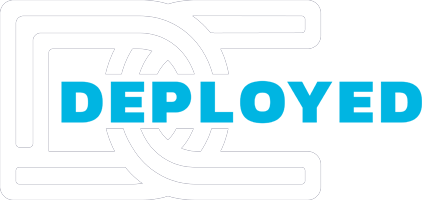Data Center Design: How to Balance Cost and Quality?

Data centers stand as the backbone, supporting a myriad of critical functions from cloud computing to data storage and management.
The importance of these facilities in the digital age cannot be overstated, as they not only store vast amounts of data but also ensure its accessibility, security, and integrity.
However, designing a data center presents a complex challenge: balancing cost-efficiency with high-quality performance. The stakes are high – a well-designed data center can significantly boost efficiency and reliability, while a poorly planned one can lead to increased costs and operational failures. This balance is not just about the initial investment in infrastructure but also encompasses ongoing operational expenses and the agility to adapt to future technological advancements.
As we delve into the world of data center design, the focus will be on uncovering strategies that can help achieve this critical balance. This comprehensive look will explore various aspects, including the choice of technology, energy efficiency, scalability, and redundancy. We will investigate how innovative design solutions and strategic planning can lead to the development of data centers that are both cost-effective and of high quality, thereby ensuring they are well-equipped to meet the demands of the digital era.
The Essentials of Data Center Design
Data center design revolves around key elements like infrastructure, scalability, and reliability. A well-thought-out design is crucial for efficient operation and long-term success. Data centers now face evolving needs in terms of capacity, speed, and security, making the design phase even more critical. A robust design accommodates these needs while laying a foundation for future advancements.
Cost Considerations in Data Center Construction
Building a data center involves significant costs, influenced by factors such as location, construction materials, and technology infrastructure. Balancing the budget and implementing cost-saving measures without sacrificing quality is a delicate art. Understanding the long-term ROI of a data center is essential for justifying these initial investments.
Ensuring Quality and Performance
The quality of data center components, including servers, cooling systems, and power backups, is non-negotiable. Adhering to industry standards and benchmarks ensures high-quality data center performance. Certifications and regular audits play a vital role in maintaining these standards and confirming the data center’s commitment to quality.
Innovations in Cost-Effective Data Center Design
Innovative design solutions are key to reducing costs while maintaining quality. Examples include modular designs and energy-efficient cooling systems. Emerging technologies like AI and IoT also offer the potential to enhance efficiency. Case studies of innovative data center designs can provide valuable insights into the practical applications of these technologies.
Sustainable Practices in Data Center Operations
Sustainability is increasingly important in data center design, significantly impacting costs. Energy-efficient practices reduce operational costs, while renewable energy sources and green certifications contribute to a data center’s sustainability profile. These practices are not just environmentally responsible but also economically advantageous in the long run.
Balancing Scalability and Flexibility
Designing a data center with scalability and flexibility in mind is crucial for accommodating future growth and technological changes. The challenge lies in balancing the investment in future-proofing with managing current costs. Effective strategies ensure that a data center can adapt to changing demands without extensive overhauls.
Risk Management and Security Considerations
Risk management is critical in protecting data centers from threats like data breaches, natural disasters, and system failures. Security features are a necessary investment, and their integration must be cost-effective. Regular security audits and updates are vital in maintaining a robust defense against evolving threats.
Conclusion
Balancing cost and quality in data center design is a nuanced process that requires a forward-thinking approach. Investing in quality while maintaining cost-efficiency pays off in the long term, ensuring that data centers are equipped to support evolving digital needs. As the digital landscape continues to grow, the role of data centers becomes increasingly pivotal, making their thoughtful design more important than ever.


